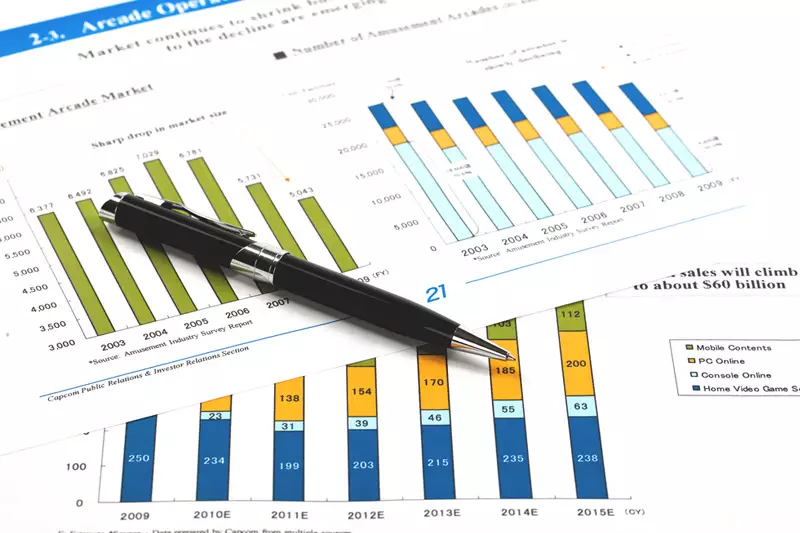Following the recent U.S. elections, the performance of the U.S. dollar has drawn significant attention from financial analysts and investors alike. This renewed vigor in the dollar can be attributed to a resurgence of optimism about potential economic policies under President-elect Donald Trump. After experiencing a three-day downturn, the dollar regained its footing amidst a complex interplay of geopolitical factors and market sentiments, highlighting the volatile nature of currency trading in times of political transition.
The rumblings from global hotspots, particularly concerning tensions between Russia and Ukraine, added a layer of unpredictability that initially bolstered demand for safe-haven assets, including the Japanese yen. However, as rhetoric softened—mainly from Moscow pledging to mitigate the risks of a nuclear conflict—the safe-haven appeal of the yen diminished, paving the way for the dollar’s latest rally.
The Japanese yen, a traditional refuge in times of crisis, fell sharply against the dollar. It dipped to 155.815 yen per dollar, retreating from gains accrued in the preceding days. This decline is particularly noteworthy as the yen has recently reached a three-month low, intensifying speculation regarding a potential shift in policies at the Bank of Japan (BOJ). Many analysts are anticipating that the BOJ may soon consider a more aggressive monetary framework, especially if the yen continues to slide towards psychologically significant levels that could trigger official intervention.
The currency dynamics at play are critical for market players; analysts note that the dollar’s ascendancy could dissuade the Japanese government from acting swiftly, as verbal interventions may be enough to stabilize the situation for now. BOJ Governor Kazuo Ueda’s brief remarks on the currency underscored the careful balancing act the bank must navigate amid an increasingly hawkish market outlook.
The dollar index, which gauges the greenback against six major currencies, showed a 0.5% advance to 106.59. This recovery is indicative of broader themes in the market, particularly the anticipation of increased fiscal stimulus, heightened tariffs, and stricter immigration policies under the forthcoming Trump administration. These expectations are fuelling inflationary concerns, which could necessitate a shift in Federal Reserve policies and could significantly impact interest rate trajectories moving forward.
Strategists have pointed out that the current optimism surrounding the dollar, often referred to as the ‘Trump Trade,’ faces headwinds from contentious cabinet nominations and lingering geopolitical tensions. As investors await the confirmation of Trump’s Treasury Secretary and other key appointments, uncertainty persists, casting a shadow over the anticipated economic policies that could affect the dollar’s stability.
The market’s outlook on interest rates has shifted significantly in recent days, especially in relation to the Federal Reserve’s forthcoming decisions. Recent assessments suggest that traders are increasingly cautious, with expectations of an interest rate cut in December dipping from 82.5% to 55.5%. This adjustment reflects a broader reconsideration of how quickly fiscal and monetary policies may be interpreted as inflationary versus deflationary.
Across the Atlantic, the British pound experienced brief momentum following reports of stronger-than-expected consumer inflation. However, this surge was met with some hesitancy as traders recalibrated their expectations regarding the Bank of England’s monetary policy. Anticipations of a gradual approach to rate changes suggest the Bank of England may not deliver as aggressive a response as once thought.
Meanwhile, the euro encountered slight declines, trading at around $1.0559, indicating a market still grappling with extensive uncertainties regarding both U.S. and European economic outlooks. Interestingly, Bitcoin’s price remained resilient, near an all-time high, buoyed by optimism surrounding favorable regulatory changes for cryptocurrencies under the Trump administration.
The U.S. dollar’s recent surge reflects a complex set of factors at play, illustrating the delicate balance between economic anticipation and geopolitical realities. As central banks around the world navigate these challenges, the evolving narratives within financial markets will undoubtedly continue to shape investor strategies. With the future still clouded by ongoing tensions and impending policy decisions, maintaining a cautious yet astute approach may well serve investors navigating this turbulent landscape.

